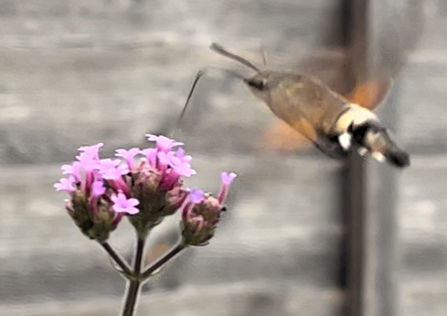
A hummingbird hawk-moth by Hayden Denham - runner-up in the children's category in the BBOWT Photography Competition 2022.
Pyramidal orchids by Paul Lane

A hummingbird hawk-moth by Hayden Denham - runner-up in the children's category in the BBOWT Photography Competition 2022.
Hummingbird hawkmoths are so named because they resemble a hummingbird as they hover (audibly) to feed on flowers before darting to the next. They prefer to feed on plants with long flowers like viper’s bugloss, red valerian, honeysuckle or buddleia, so keep an eye out if you have any of these in your garden.
Hummingbird hawkmoths fly during the day and if you do see them in your garden, keep a regular eye out as they’re known to return to the same flowerbeds at the same time of day to feed.
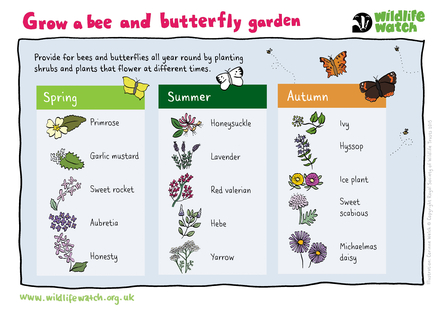
7-spot ladybird larva by Les Bins
Just like adult ladybirds, ladybird larvae are a gardener's friend, feeding on aphids. The larva above is of a seven-spot ladybird, but there are many others you might see too. They all form a pupa, just like a caterpillar does to become a butterfly, before the adult ladybird emerges.
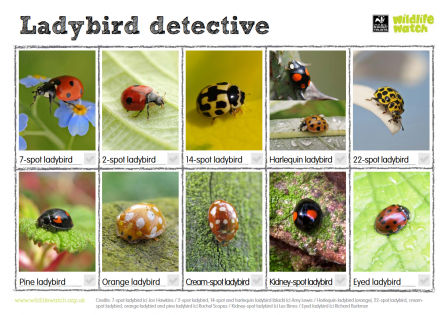
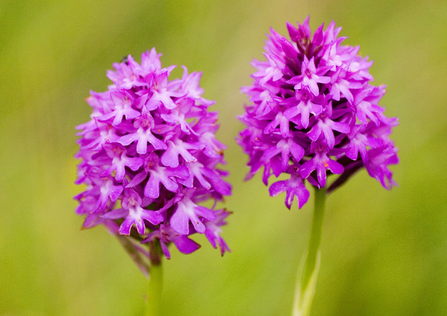
Pyramidal orchids by Paul Lane
Pyramidal orchids are fairly widespread in the UK. You often see them growing in roadside verges (another good reason to stop mowing!) as well as chalk grassland, their more typical habitat: look out for them coming into flower this month.
The flower spikes have a distinctive pyramidal shape, made up of many individual flowers ranging in colour from pale to deep pink.
These orchids are pollinated by day- and night-flying moths and butterflies.
Find out how we're helping roadside orchids in our Wild Verges project
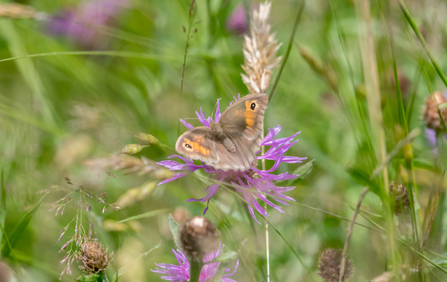
A meadow bown butterfly at Ludgershall Meadows. Picture: Andrew Marshall/ Go Wild Landscapes
Meadow brown butterflies are very common and widespread. Their caterpillars feed on grasses so why not allow an area of your garden to grow long. You may even find some wild flowers appear among the grasses, particularly if you scatter some yellow rattle seed which helps to slow the growth of grasses and gives more room for flowers.
Meadow brown butterflies, particularly the females, may be confused with gatekeeper butterflies, but those have two white dots on their wings instead of one and tend to rest with their wings open.
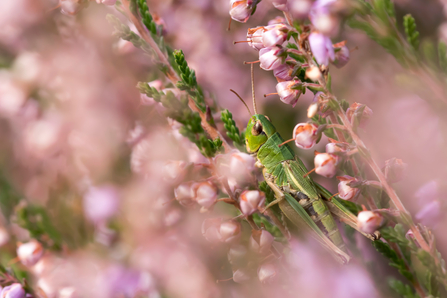
Photographer Alan Garnsworthy taken on Cookham Common
Grassland and heathland can be filled with the buzzing of crickets and grasshoppers in summer. If you get close enough to see them, try this general rule to decide which is which: crickets have long antennae and grasshoppers have short antennae.
The fantastic photo above was taken by Alan Garnsworthy at our Greenham and Crookham Common nature reserve, and was the overall winner of our 2019 BBOWT Photography Competition. Why not enter this year's contest and see what you could win! You don't need any experience or fancy equipment - a camera phone, a bit of good timing and a fantastic subject could win the entire competition.
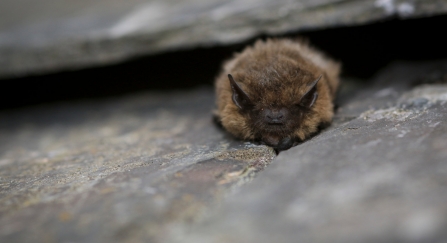
Common pipistrelle by Tom Marshall
At dusk on warm evenings, look out for bats flying around hunting for insects to eat. You can often spot bats over your garden – a tiny pipistrelle can eat around 3,000 insects every night!
Near rivers you may see Daubenton’s bats, which fly low over water to scoop up insects near the surface with their feet or tail.
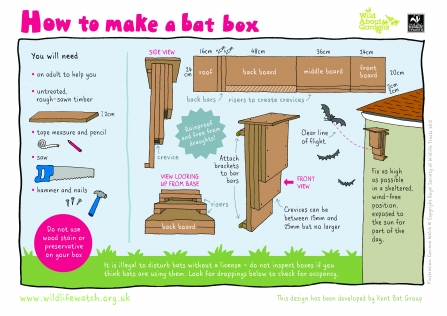
Banded demoiselle damselfly by Michael Jones
Banded demoiselles are one of the easiest damselflies to identify with their distinctive dark bands on their wings. Look for them flitting by slow-moving streams and rivers as well as ponds and lakes.
The males are metallic blue, with a distinctive dark band across their wings (above), and the females are a shiny green.
A simple tip to know if you're looking at a damselfly or dragonfly is that damselflies tend to hold their wings closed along their backs when at rest. Dragonflies hold their wings out away from their bodies.
Teasel by Richard Burkmarr
Teasel is a tall, distinctive wild flower with its prickly stems and egg-shaped seed heads. The ring of purple flowers on teasel are loved by bees. Later in the year goldfinches feast on their seeds.
They're a biennial plant, meaning that they flower in their second year, and an attractive addition to any wildlife garden.
Gardening for wildlife (https://youtu.be/bBBCmFum9jo)
Gardening for wildlife
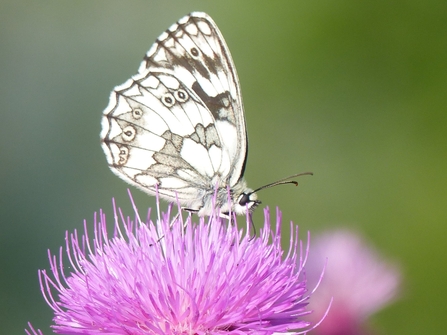
Melanargia galathea, the marbled white butterfly, favours unimproved grassland especially chalk grassland. Photo by Sue Taylor
Marbled white butterflies are unmistakeable with their black and white wings. They love feeding on purple flowers, such as field scabious, common knapweed and wild marjoram on sunny grassland.
The marbled white is expanding its range north and eastwards, possibly as a result of warming due to climate change.
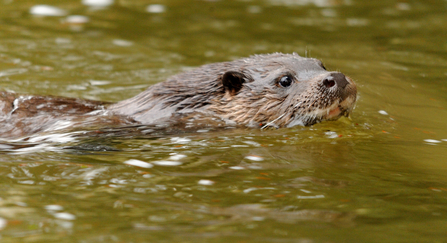
Otters are increasingly spotted on the Thames. Photo by Amy Lewis
Keep an eye out for otters if you’re near a river this summer. You may be lucky to catch a glimpse of them swimming past or spot their spraint, which is said to smell like jasmine tea (if you get that close)!
Sign up below to receive the latest news from BBOWT, tips about how you can help wildlife, plus information on how you can get involved.